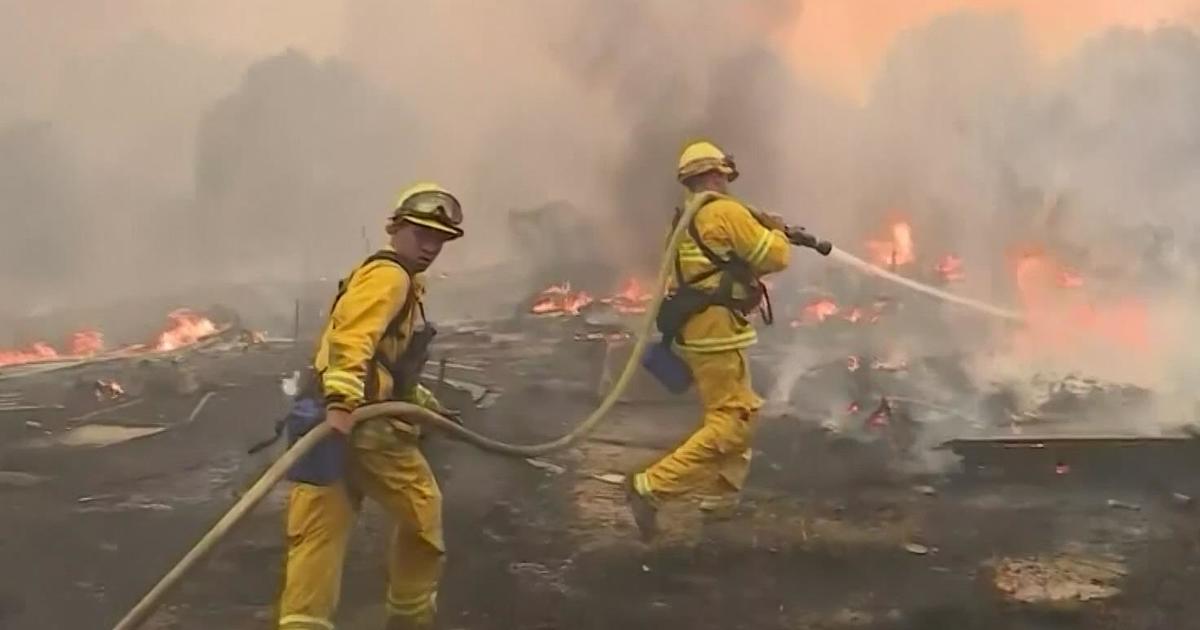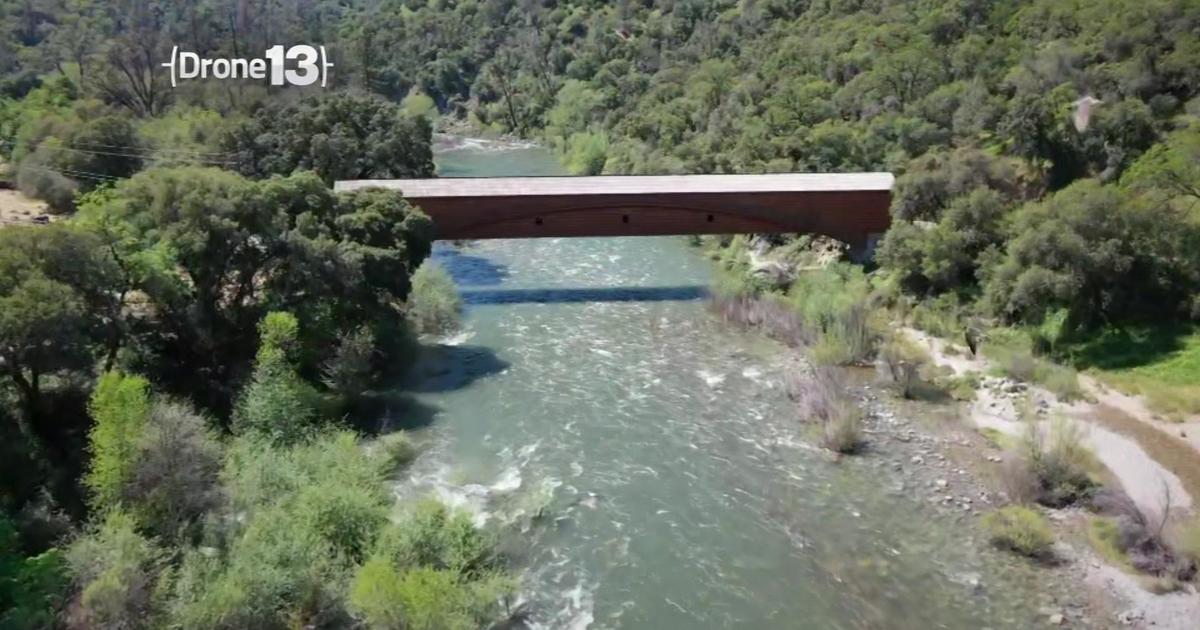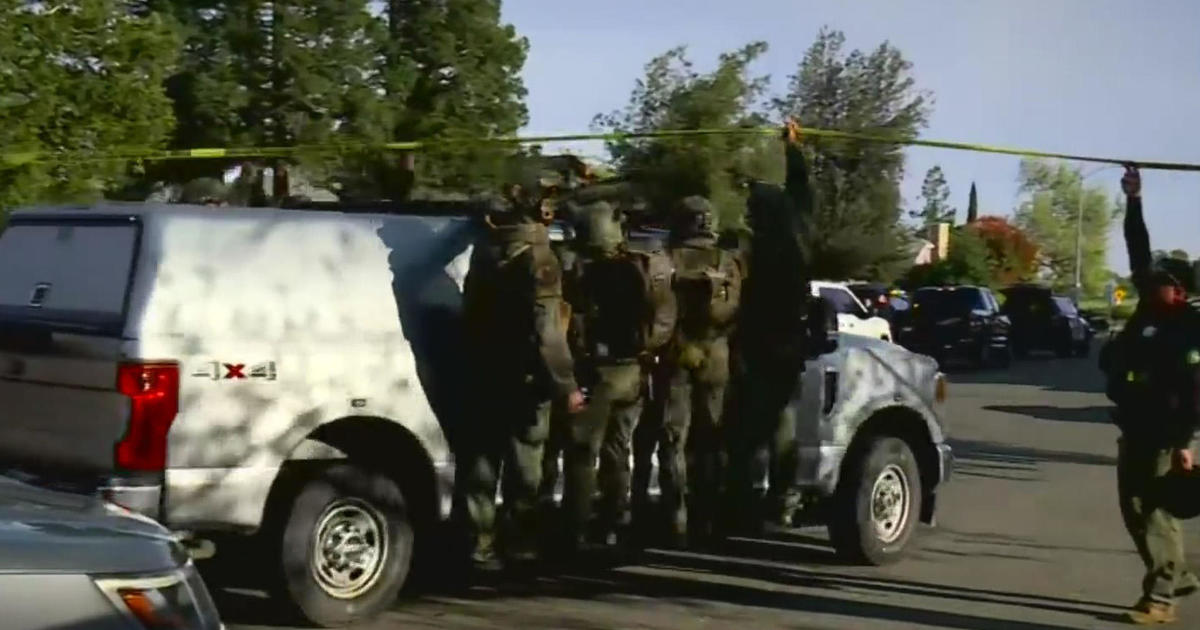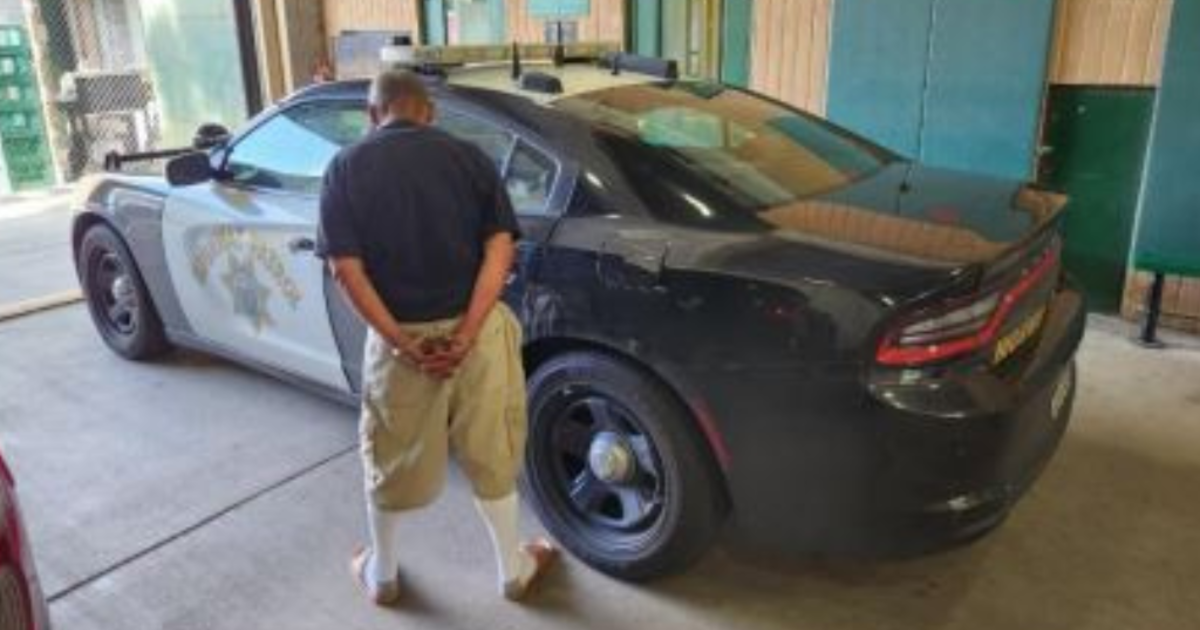Powerful Earthquake Accompanies Volcano Eruption In Hawaii
SACRAMENTO (CBS13) – Another powerful quake hit the Big Island of Hawaii on Friday as lava from the Kilauea volcano continues to flow toward residential areas. At least two homes were damaged while thousands of people have evacuated to stay safe.
"Lava is coming out in Leilani, and it's shooting 50 feet high," said Chelsie Settlemier, in a cellphone video during her evacuation. "So this is real! There's a crack right there in the road, the road's cracking. There's helicopters."
"It's dangerous if you can't move out of the way," said Brian Hausback, a geology professor at Sacramento State University.
The Kilauea volcano is in the southeastern corner of the Big Island. It's one of five volcanoes on the island but Hausback says this one is historic.
"This particular eruption is the largest recorded continuous eruption of Kilauea," Hausback said. "It's been going since 1983."
The temperature inside the lava lake is roughly 2,000 degrees Fahrenheit, about four times as hot as the top temperature of a typical kitchen oven.
"As the lava is coming up, it's forcing rocks apart and cracking rocks," Hausback explained.
And it's caused dozens of earthquakes one after the other, including magnitude-6.9 quake Friday afternoon.
Every few years, Hausback takes a group of his students to study Kilauea.
"It's one of the best places on earth to look at volcanoes," he said. "We can look at the textures of the lava and talk about how viscus it was."
And that's because of how close you can get to see the action.
"You can actually see a lava flow coming out of its vent," he said.
But the images from Hawaii bring a different historic eruption to mind: Mount Lassen in 1915.
Hausback says that was a volcanic dome while Kilauea is a shield volcano with much slower moving lava.
"And because of that, they're not very dangerous," he explained.
But the burning question: will the Big Island recover from an eruption like this one?
"Quite frankly, this is status quo for Hawaii," Hausback said. "It's always erupting."
And Hausback says he's confident that people can avoid injury as long as they keep their distance from the danger zone.
"It's very unlikely that anyone will be hurt by this at all because we can walk faster than a Hawaiian lava flow," he said.
Hausback says there is no way to tell how long this eruption will last. But he believes that within a year the area will quiet down and it'll be safe enough for visitors to walk on.



